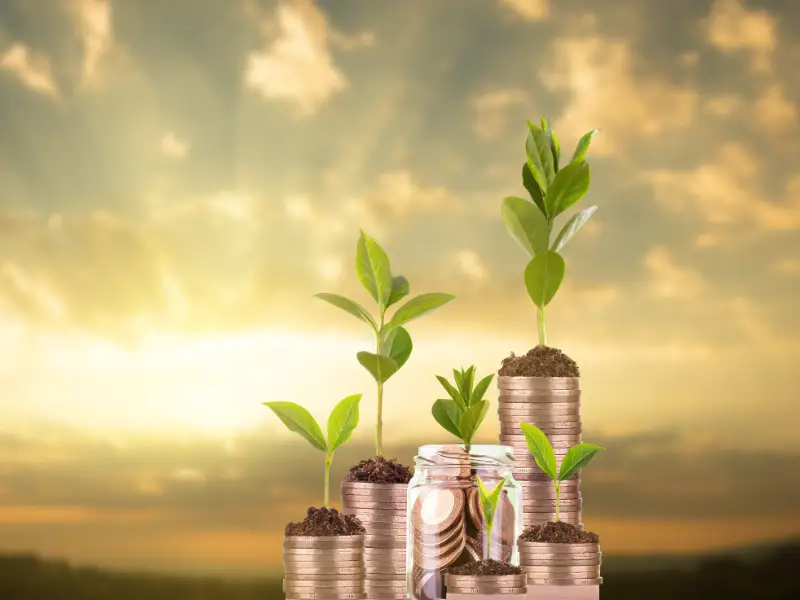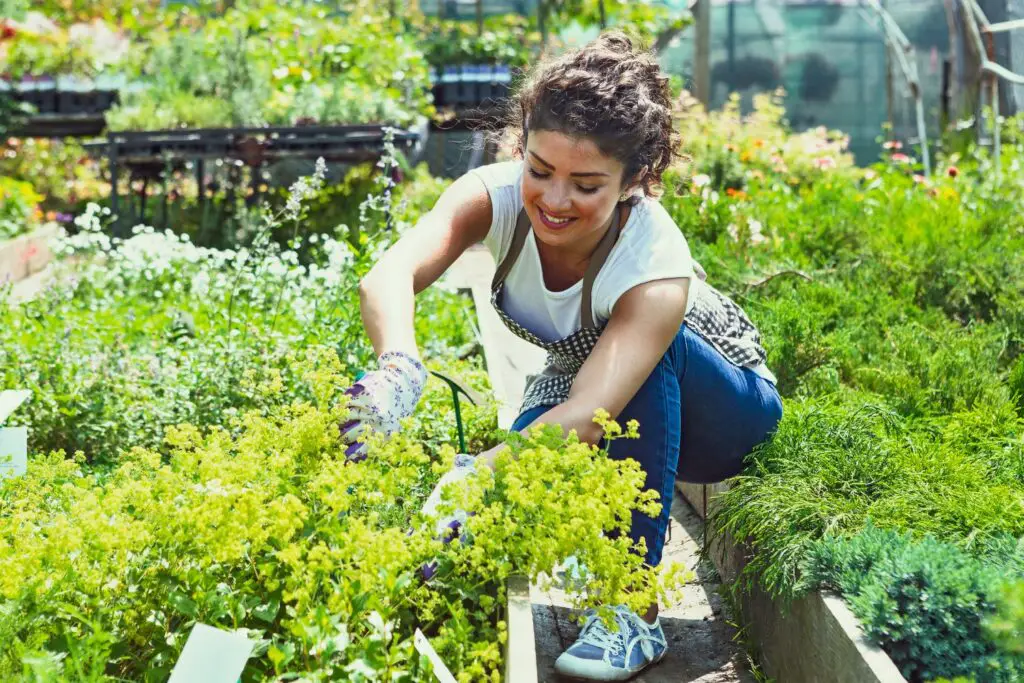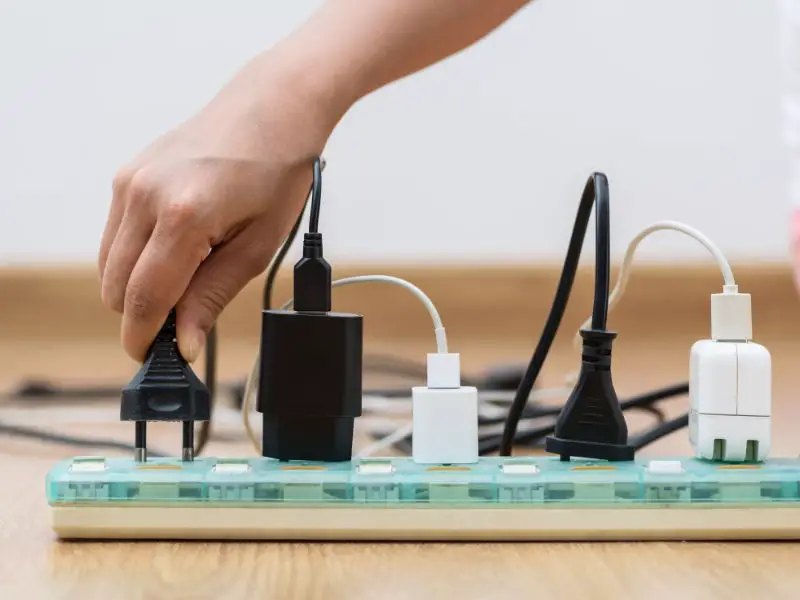I’ve lost track of the times I’ve stood in the store staring at two bins of tomatoes, one labeled organic and the other not, only to feel like a failure when I choose the cheaper, non-organic option yet again. Going green is not always as easy as one might think.
The fact is, I want to buy organic tomatoes. Not only is my conscience telling me they’re better for the environment (by not having been sprayed with pesticides), but I also feel that they’re better for me. If the price were not a factor, there would be no doubt, and I would always choose the more environmentally friendly option, but figuring out how to save money is not usually as easy. However, there are always many ways we can afford to go fully green.

This is the story I’ve been telling myself over and over. It was only now that I realized this story was at least partially inaccurate after learning some eco-friendly tips. Going green is something we can genuinely afford, maybe not in all ways but in many, plus if we do it correctly, it can allow us to save money.
In this article, I would like to share some greener options that can help you save money by going green.
Easy Ways To Save Money By Going Green
1. Brew Your Coffee, Don’t Buy
Espresso is a need on some days, but it’s pricey. The average American spends more than $1,000 each year on coffee only. To save $100 a month, make your coffee at home and bring a reusable cup.
Some establishments will give you a discount just by bringing your mug to the coffee shop. Also, learning how to properly clean your coffee maker can give you the most out of your investment.
2. Plant a Garden
One of the best ways to shop green is to choose organic produce from each season. You’ll pay less for strawberries (and get fresher better quality) in May than in October. Then in April, you’ll be able to plant mushrooms, onions, peas, rhubarb, strawberries, avocados, broccoli, beets, cabbage, carrots, and grapefruit.
You get an average of five dollars worth of vegetables for every dollar you spend on seeds. Spending $50 on vegetable seeds will save your household roughly $1,250 over a year. Plants such as tomatoes, cucumbers, and zucchini, which are less expensive to cultivate at home than to buy, should be included in your garden’s planning.

By planting a garden, you’re not only reducing the carbon emissions produced by the food industry, but you’re also on the right track to reducing food waste and plastic waste. All while you also save money.
Just make sure you have the right crops for your region so you don’t get a surprise when you check your water bill. Remember that some plants such as almonds and citrus require vast amounts of water, so avoid them in case you live in a desert area or where water is limited.
3. Make Broth Stock From Scrap Foods
Instead of throwing away or composting your vegetable peelings and meat bones, use them to make a stock. And it’s also a fantastic way to reduce food waste and achieve a zero waste lifestyle.
Keep in mind food waste is one of the things contributing to climate change while it also represents a huge challenge for the garbage infrastructure in many cities.
4. Save Electricity
Do you want to save a few dollars on your electric bill? Going green can undoubtedly help. You can do yourself a favor and plug off any electronic devices while they are not in use.
Yep, this means unplugging every appliance that you’re not using to ensure there’s no energy leak.
The average American home has 40 electronic devices that consume power in off or standby mode, accounting for over 10% of total residential electricity consumption. That number is substantial and quite insane!
To make matters worse, households spend an average of $200 or more each year on plugged-in devices that aren’t even being utilized. These are called vampire appliances.

5. Consider Switching to a Hybrid Car
Switching to a hybrid car is a significant investment. It can cost a lot upfront, as most aren’t cheap. But in the long run, it hugely pays off, it’s better for the environment and helps to reduce your carbon footprint.
Hybrid vehicles use less fossil fuel, emitting fewer greenhouse gasses. On the other hand, the amount of money you’ll save depends on several factors, including how much fuel you regularly purchase, how frequently you drive, the cost of the hybrid car, and the fuel economy of each model.
6. Replace All of the Light Bulbs in Your Home
By replacing all of your light bulbs with energy-efficient alternatives, you can immediately make your home more environmentally friendly, save money and reduce your carbon footprint.
Lighting alternatives such as compact fluorescent lights (CFLs) and light-emitting diodes (LED bulbs) are both excellent choices. CFLs are significantly more energy-efficient than the incandescent bulbs you presumably grew up with, and they last around ten times longer and cost cheaper.
According to the US Environmental Protection Agency, if every residence in America replaced only one light bulb with an Energy Star-rated bulb, greenhouse gas emissions would be reduced by 9 billion pounds, roughly equivalent to the emissions produced by 800,000 cars. That’s quite huge.
Replacing your light bulbs is probably the easiest and cheapest way of reducing both your energy consumption and your carbon footprint, all while considerably reducing your energy bill.
7. Consider Installing Solar Panels as an Electricity Alternative
Solar panels may not be visually appealing, but solar energy is rapidly gaining popularity for a good reason. It will cost a few thousand dollars to install solar panels on your roof initially, but using solar energy means reducing greenhouse gas emissions and using less coal, oil, and natural gas to generate electricity, which is good for the environment.
Some claim that you can save up to $20,000 to $30,000 over 20 years, which is a substantial sum of money. There are also services that can help assist you in making the initial financial commitment to the system, which are well worth looking into.
Along with wind turbines, solar panels are one of the best options in the market if you’re looking to switch to renewable energy or go off-grid.
8. Buy Second Hand
Instead of buying brand new goods, consider purchasing second-hand items. Pre-owned items can be much cheaper, and it also helps save the environment.
Consider alternatives to new retail goods, such as thrift shops and flea markets. Buying second-hand items will help you save money without compromising your clothing style.
Plus, you will be contributing to the local economy. So, to put it bluntly, it’s a win-win situation. Thrift stores have a plethora of cool items that are available for purchase. I personally like shopping at GoodWill since you can get some good clothes for around eight bucks a piece.
Fast fashion is one of the worst pollutant industries right now. By buying second-hand, you’re not only keeping your credit card in check but you’re also helping to reduce water waste and carbon emissions.

Unfortunately, choosing a greener alternative for our everyday products can cost up to 50% more than the regular cost. But as a consumer, the main thing we can do besides purchasing a greener alternative is to help spread awareness for these sustainable alternatives. Doing this can boost the total demand for these products, which can then lead to a reduction in the price.
Just to reiterate, not all environmentally friendly products are prohibitively costly. The prices charged by some of these alternative retailers are on par with or even lower than those charged by their conventional equivalents.
Also, by deciding to support firms that operate in an environmentally sustainable manner, we are indirectly contributing to reducing greenhouse gas emissions. Because of this, we are tackling climate change and making our world a better place for future generations, which no amount of money can buy.

